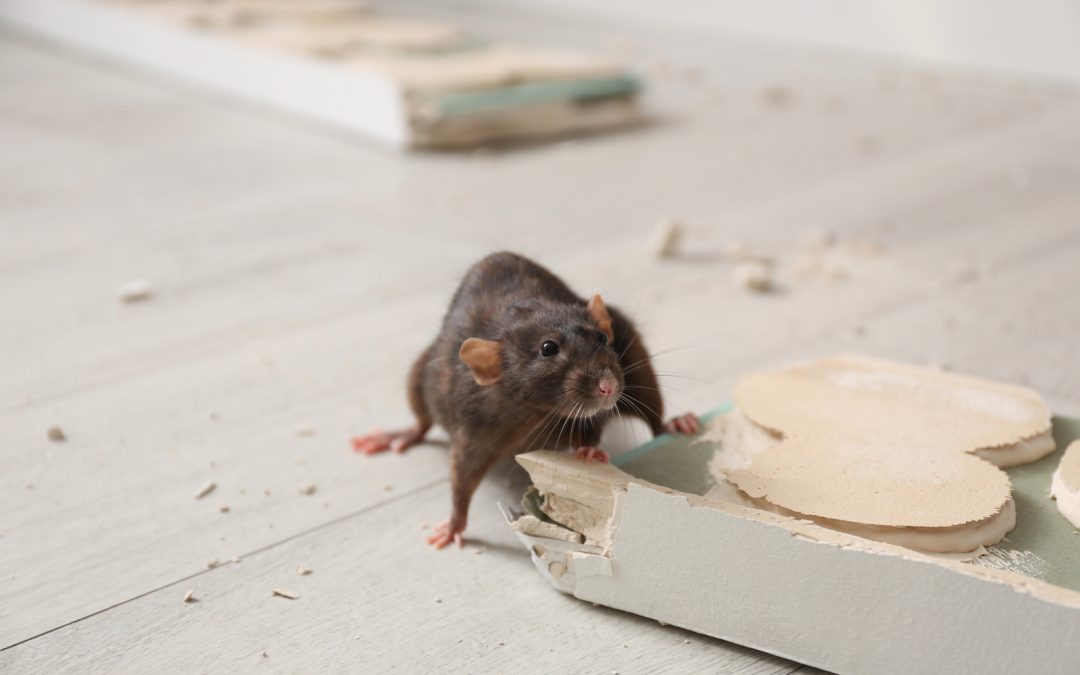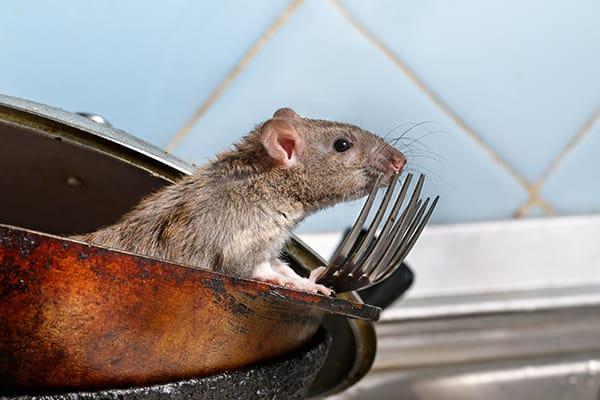AI Rodent Traps in School Kitchens: Safety and Efficiency Uncovered
Share
In educational institutions, especially school kitchens, cleanliness and safety are paramount. Keeping the area free from unwanted pests is an ongoing battle, often hindered by the limitations of traditional traps and chemical methods. Here, the innovative solution of using AI rodent traps in school kitchens has emerged as a game-changer. This technological advancement promises not only to boost efficiency but also to ensure the health and safety of students and staff alike.
As schools strive for improved sanitation and safety standards, the integration of AI rodent traps offers numerous benefits. They combine advanced technology with practical applications, identifying and addressing pest issues before they escalate.

What Are AI Rodent Traps?
AI rodent traps are sophisticated devices that use artificial intelligence to detect, capture, and manage rodent populations within given environments such as school kitchens. Unlike conventional traps that rely on passive baiting, these systems are equipped with sensors and cameras that track rodent movements in real-time. Once detected, the trap automatically captures the pest and sends notifications to the facility manager.
This proactive approach reduces human error and increases the likelihood of trapping rodents efficiently. To learn more about how eco-friendly mouse detection techniques can complement your pest control strategy, you can explore additional resources.
Why Are They Essential for School Kitchens?
School kitchens are unique environments that pose particular challenges for pest management. They are bustling places with a continuous flow of food preparation, storage, and disposal activities. This creates ample opportunities for rodents to become unwanted guests.
Deploying AI rodent traps in such kitchens ensures a safer, cleaner, and more controlled environment. By minimizing contamination risks and providing speedy, effective remediation, these devices stand out as a key component of modern pest management in education sectors.
Moreover, you can read more about the significance of rodent control in food storage to see how these technologies are employed across various sectors.
Steps to Implement AI Rodent Traps in School Kitchens
For schools looking to incorporate AI rodent traps into their kitchens, here are some crucial steps to consider:
- Assessment of Needs: Conduct a thorough examination of the kitchen area to identify potential rodent hotspots.
- Selection of Technology: Choose traps that meet specific requirements, ensuring they come with AI capabilities for optimal performance.
- Installation: Implement the devices strategically for maximum impact, placing them in areas most prone to rodent activity.
- Monitoring and Maintenance: Regularly check the system's status and perform necessary updates, cleaning, and maintenance.
For a deeper understanding of tech-driven pest solutions, check out these insights on pest management for factories.
Benefits of Using AI Rodent Traps
There are numerous advantages to utilizing AI rodent traps within school kitchens:
- Increased Efficiency: AI dramatically enhances the efficacy of trapping, ensuring that rodents do not grow in numbers unnoticed.
- Enhanced Safety: By eliminating the need for harsh chemicals, these traps ensure the safety of students and staff.
- Cost-Effective: Reducing the dependency on repeated pest control services, AI traps become a one-time investment with long-term benefits.
For more about the overall impact of intelligent pest management systems, visit this comprehensive overview on rodent prevention solutions.
Conclusion
Incorporating AI rodent traps into school kitchens marks a significant advancement in maintaining hygienic, safe learning environments. These innovative technologies not only address present challenges but also pave the way toward sustainable, intelligent pest control solutions.
To discover more resources on pest control technology's impact within the food industry, check these recent findings at McCloud Services.

FAQ
Q: How do AI rodent traps differ from traditional methods?
A: Unlike traditional mechanisms, AI traps use sensors and algorithms to create a proactive pest management strategy, reducing human error and increasing capture efficiency.
Q: Are AI rodent traps safe for school environments?
A: Yes, they are designed to be used without harmful chemicals, making them safe for areas populated by students and personnel.
Q: What is the cost implication of installing AI rodent traps?
A: While there is an initial investment cost, AI rodent traps can be more cost-effective in the long run due to reduced need for continuous pest control services.
This article contains affiliate links. We may earn a commission at no extra cost to you.
